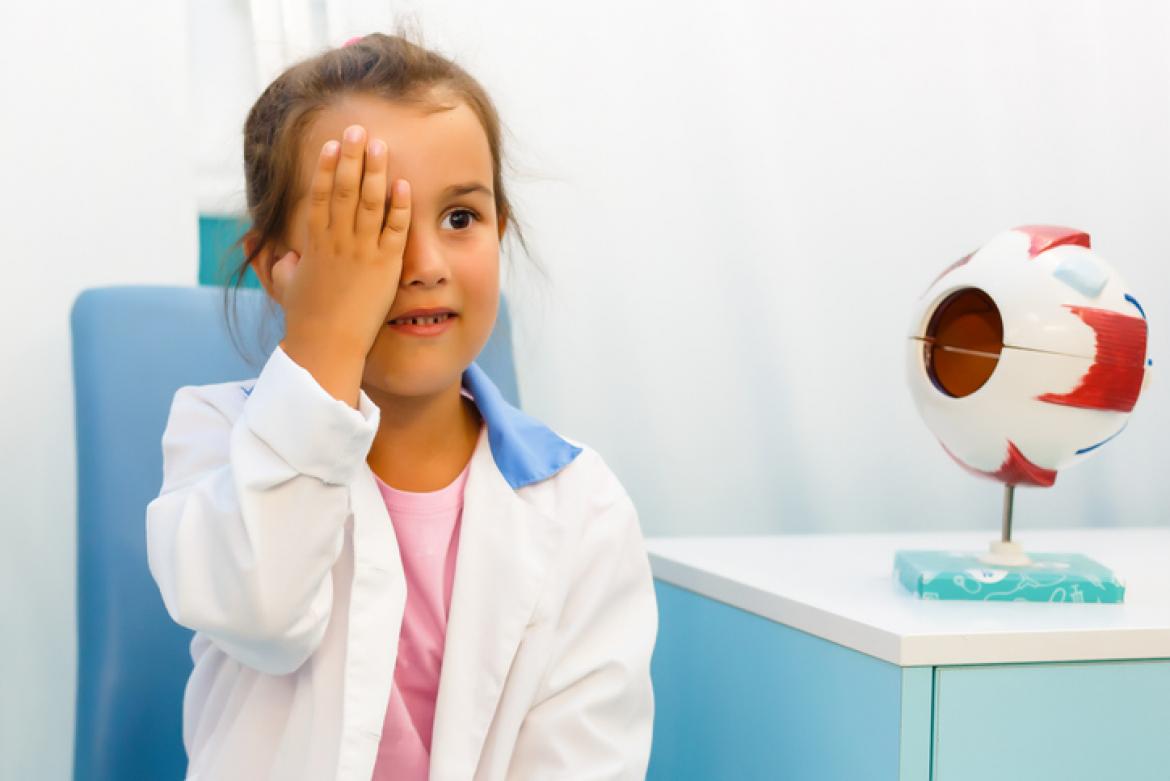Does Glaucoma Affect Children?

Glaucoma can affect anyone but becomes more common as we age. 1 in 10,000 babies are born with glaucoma; by age 40, about 1 out of 200 people have glaucoma, rising by age 80 to 1 in 8 people affected. Glaucoma in children is very rare and is quite different from glaucoma in adults.
Firstly, what is glaucoma?
Glaucoma occurs when the pressure in the eye damages the nerve that connects the eye to the brain, the optic nerve, resulting in reduced peripheral vision.
What is eye pressure?
High pressure occurs when fluid made within the eye is obstructed from being drained out. The optic nerve at the back of the eye connects the eye to the brain; without it, the brain cannot register what the eye is seeing. The optic nerve is quite sensitive to raised pressure, which can damage it. The damage is slow and usually painless, but progressive and irreversible; any damage to the optic nerve cannot be repaired.
Glaucoma cannot be cured, but it can be effectively managed over time. Control of eye pressure, either through daily eye drops, gentle laser or glaucoma surgery from a glaucoma specialist, can halt the progress of glaucoma and preserve one’s vision for life. Early detection and meticulous monitoring of the optic nerve over time are the keys to good management of glaucoma.
Glaucoma in children younger than 2
Caused by an abnormal drainage system, childhood glaucoma can exist at birth or develop later. Parents might notice their child is sensitive to light and has cloudy, large eyes that water excessively. These are the features of raised eye pressure in an infant.
Children with eye pressure issues are usually required to have surgery which drains out excess fluid. Unfortunately, many children have major eye and visual problems for life that are related to their childhood glaucoma.
Glaucoma in older children
In children older than 2 and adolescents, glaucoma is similar to adult glaucoma; the eye responds to increased intraocular pressure in a manner similar to adults. However, glaucoma in children of all ages is rare, unlike adult glaucoma, which is much more common.
Unlike children younger than 2, in older children, the eye does not become cloudy or enlarged. In fact, like in adults, glaucoma in these children is much more likely to be asymptomatic (i.e. develop without the child or parents being aware of a problem) until a certain degree of optic nerve damage from the eye pressure has occurred.
Glaucoma in children older than two years is usually secondary to another eye disease or an underlying general disease affecting the child.